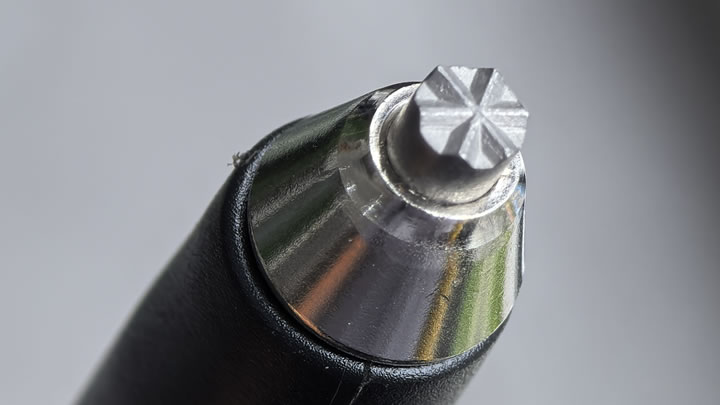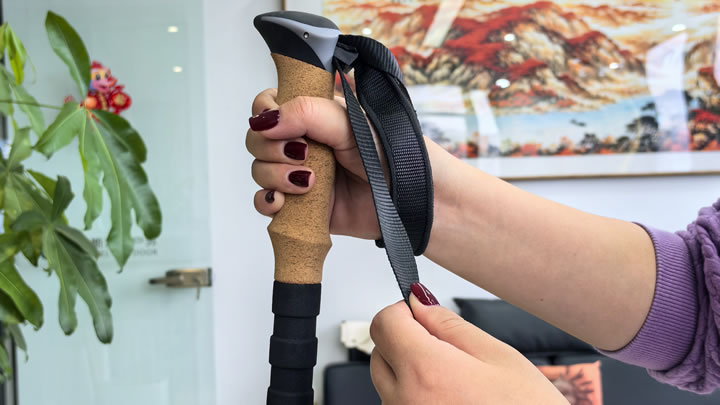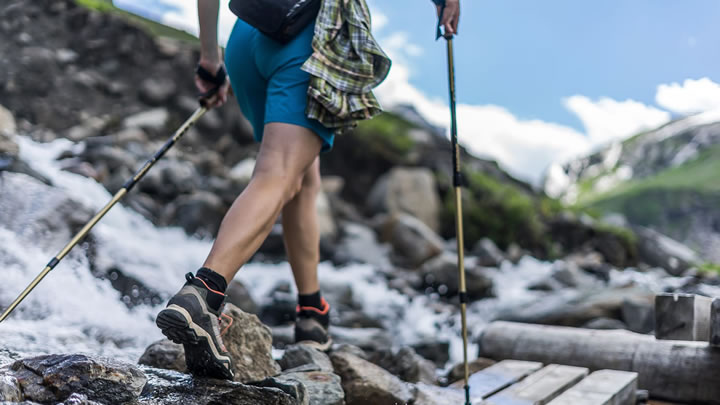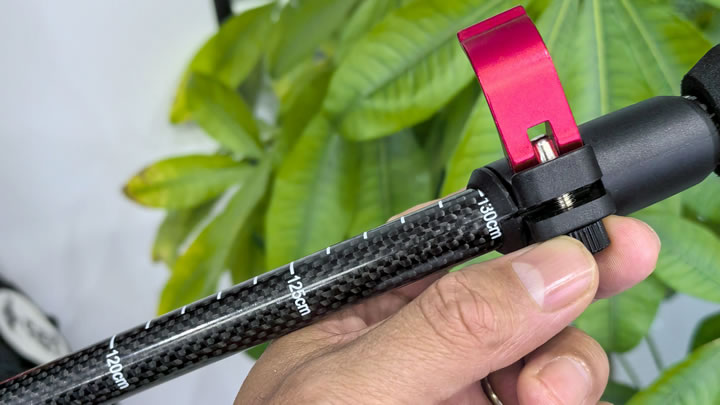Walking Poles with Wrist Straps: The Secret to Efficient and Comfortable Hiking
When selecting walking poles, many hikers focus on weight, material, and locking mechanisms while overlooking one of the most critical components: the wrist straps. Far from being just simple loops to prevent dropping your poles, properly designed and used wrist straps are fundamental to efficient energy transfer, reduced fatigue, and overall hiking comfort. Understanding how to select and use walking poles with quality wrist straps can dramatically enhance your performance on the trail.
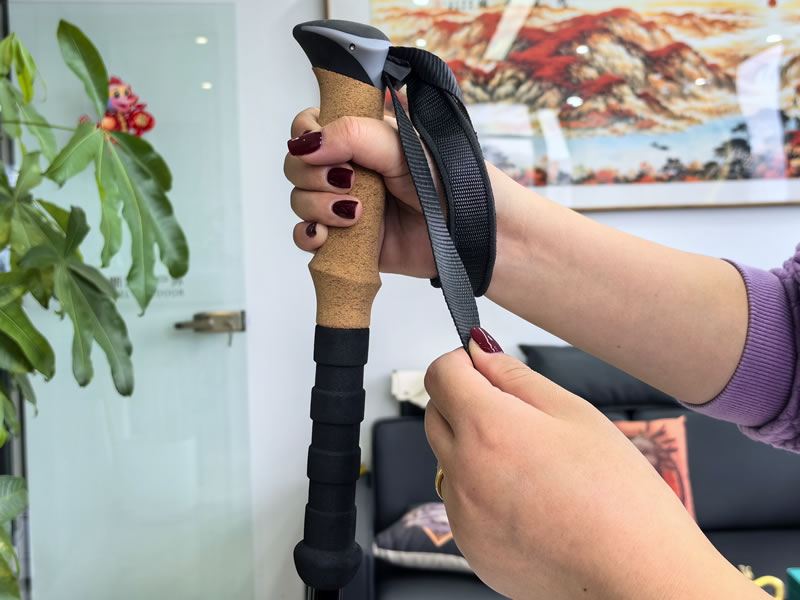
Why Wrist Straps Matter More Than You Think
The wrist strap represents the crucial interface between your body and the pole, serving multiple essential functions:
- Energy Transfer Efficiency: When used correctly, the strap allows you to transfer force through your skeletal structure rather than relying solely on muscle strength in your hands and arms. This enables a more powerful push-off with each stride, particularly helpful on uphill sections.
- Reduced Grip Fatigue: By utilizing the straps properly, you can maintain a relaxed grip on the poles throughout your hike. This prevents hand cramps and conserves significant energy over long distances.
- Enhanced Stability and Control: On technical descents or uneven terrain, the straps provide an additional point of contact and control, helping to prevent accidental drops and improving overall balance.
- Injury Prevention: Properly fitted straps distribute pressure evenly across your wrist, reducing the risk of strain or discomfort in your hands, wrists, and forearms.
How to Properly Use Your Wrist Straps: A Step-by-Step Guide
Using wrist straps incorrectly can negate their benefits and even cause discomfort. Follow this technique for optimal performance:
- Thread from Below: Locate the bottom of the strap opening. Slide your hand upward through this opening from below.
- Position the Strap: Pull the strap across your palm, allowing it to rest comfortably in the space between your thumb and index finger.
- Grip the Handle: Close your hand around the grip, ensuring the strap lies comfortably between your fingers and the palm of your hand.
- Adjust for Snug Fit: The strap should be snug enough to support your weight but not so tight that it restricts blood flow or movement. You should be able to open your hand slightly during the swing phase without the strap becoming loose.
Key Features of Quality Wrist Straps
Not all wrist straps are created equal. Look for these features when selecting your walking poles:
- Padding and Width: Wider, padded straps distribute pressure more comfortably across your wrist. This is particularly important during long hikes or when carrying a heavy backpack.
- Breathable Material: Mesh or other moisture-wicking materials help prevent sweat buildup and reduce chafing during warm-weather hiking.
- Quick-Release Buckles: Some advanced systems feature quick-release mechanisms that allow for easy detachment from the poles when needed, such as when taking photos or navigating tricky sections requiring free hands.
- Ergonomic Design: Premium straps are often asymmetrically shaped or angled to match the natural position of your wrist, providing superior comfort and more efficient force transfer.
Top Brands with Innovative Strap Systems
- LEKI Trigger System: Leki's innovative straps, such as the Trigger Shark and Speed Lock systems, function like a lightweight glove that securely attaches to the pole. This design allows for complete hand opening and closing while maintaining perfect pole control.
- Black Diamond Tour Strap: Known for their comfortable, wide webbing and secure buckles, Black Diamond straps offer excellent support and are easily adjustable even while wearing gloves.
- Komperdell Comfort Strap: Featuring soft, padded material and an ergonomic shape, Komperdell straps are designed for all-day comfort and efficient energy transfer.
Common Mistakes to Avoid
- Ignoring the Straps: Many beginners simply grab the handle with the strap dangling uselessly. This defeats their primary purpose and leads to premature fatigue.
- Over-Tightening: Straps that are too tight can restrict blood flow and cause discomfort or numbness in the hands.
- Wearing Them Like a Watch: Threading your hand through the strap from above (like putting on a watch) creates an inefficient angle and reduces the strap's effectiveness.
Maintenance and Care
Like other components of your poles, wrist straps require occasional maintenance:
- Regularly check for signs of wear, especially near buckles and attachment points.
- Clean straps periodically with mild soap and water to remove sweat and dirt that can degrade materials over time.
- Allow straps to dry completely before storage to prevent mildew and material breakdown.
Walking poles with well-designed wrist straps, when used correctly, can transform your hiking experience. They turn your poles from simple balancing aids into powerful propulsion tools that engage your entire upper body while significantly reducing fatigue. By paying attention to this often-overlooked component and mastering its use, you'll unlock a new level of efficiency and comfort on every trail.

